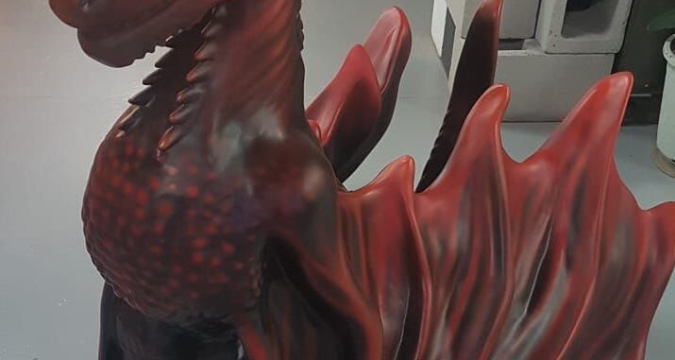
The future of manufacturing is undergoing a remarkable transformation through the innovation of 3D printing Saudi. Also known as additive manufacturing, 3D printing is reshaping the way products are designed, produced, and distributed. This revolutionary approach to manufacturing is set to usher in a new era characterized by flexibility, customization, and sustainability.
Rapid prototyping and product development:
3D printing has already become an indispensable tool for rapid prototyping. Engineers and designers can quickly turn their concepts into physical prototypes, allowing for faster iterations and reduced development timelines. This accelerates the innovation process and brings products to market more efficiently.
Complex geometries and lightweight structures:
Traditional manufacturing processes often have limitations in creating complex geometric shapes and lightweight structures. 3D printing, on the other hand, excels in producing intricate and lightweight components. This innovation opens up possibilities for advanced aerospace components, medical implants, and much more.
On-demand manufacturing:
3D printing enables on-demand manufacturing, reducing the need for large inventories and long supply chains. With digital designs readily available, products can be manufactured when and where they are needed, reducing waste and costs.
Sustainable manufacturing:
The environmental benefits of 3D printing are becoming increasingly evident. Additive manufacturing produces less waste, as it only uses the material required for the product. Additionally, 3D printing can use recycled materials and reduce the carbon footprint associated with transportation.
Emerging materials:
Innovations in materials are expanding the possibilities of 3D printing. Beyond plastics, 3D printers can now work with metals, ceramics, composites, and biodegradable materials. This broader material palette allows for the creation of a more diverse range of products.
Medical advancements:
The medical field is being transformed by 3D printing innovations. Patient-specific implants, prosthetics, and even complex organs are being produced using 3D printing technology. These innovations have the potential to save lives and improve healthcare outcomes.
The future of manufacturing is being reshaped by the dynamic innovations in 3D printing technology. This transformative approach to production offers advantages in terms of rapid prototyping, customization, sustainability, and accessibility. It’s clear that 3D printing will continue to drive progress in various industries, from healthcare to aerospace, and contribute to a more efficient, sustainable, and innovative future of manufacturing.